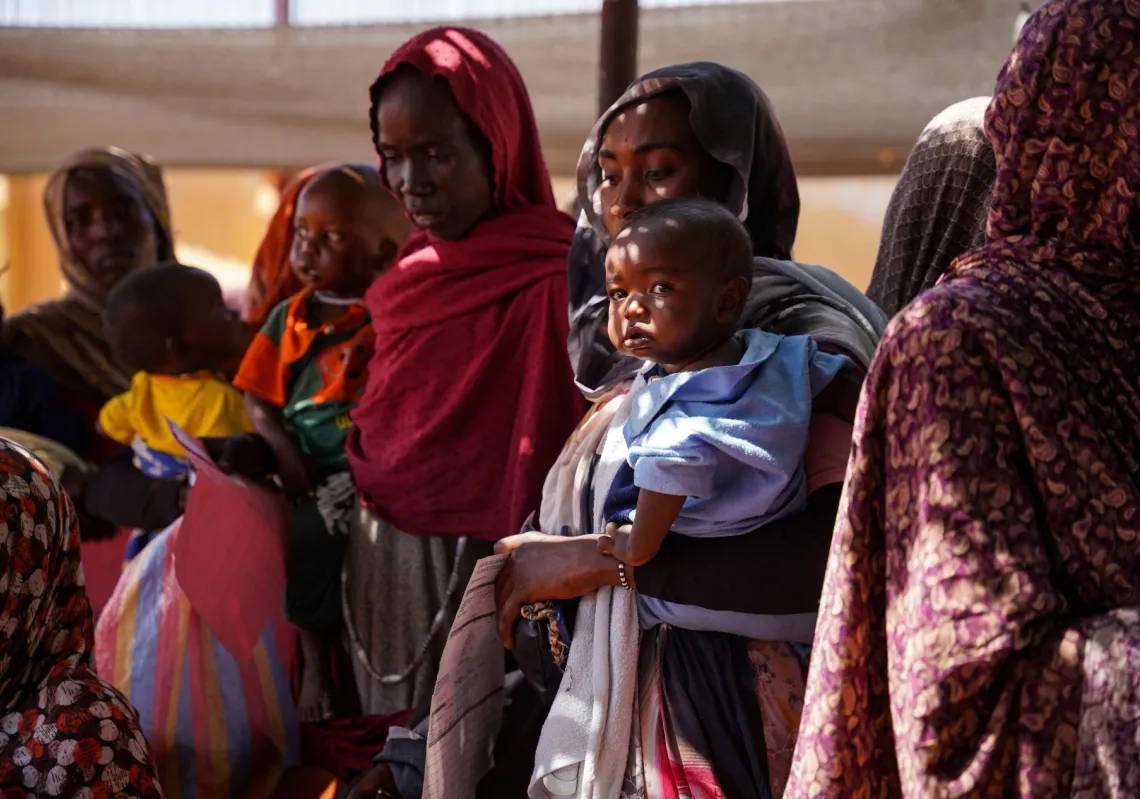Its history with the IMF spans 78 years and dates back to the tail end of 1945 when Egypt first joined the fund. The relationship has evolved over the years through several agreements, some of which failed, and others resulted in a series of loans.
In the 1950s, Egypt attempted to secure its first IMF loan to finance the construction of the High Dam. However, this was unsuccessful. The IMF based its rejection on political and social grounds, as Egypt had close relations with the former Soviet Union during the Cold War.
Egypt returned to the IMF in May 1962 and successfully signed its first loan agreement. Despite this, negotiations were suspended for about 15 years.
Seven agreements in 78 years
Egypt has entered into seven agreements with the IMF, the first of which was concluded during the tenure of the late President Anwar Sadat. The agreements were related to various events the Egyptian economy experienced after the October 1973 war.
Between 1973 and 1977, Egypt concluded the economic stabilisation programme agreement with the IMF. It received a loan of $185.7mn (1977-1978) to address the issue of delayed external payments and the rise in inflation rates.
During that year, most imports totalling about $1.21bn were financed through bank facilities. This marked a significant increase in reliance on this type of debt.
According to international statistics, the trade deficit as a percentage of GDP was 10.2%, and the debt-to-GDP ratio increased to 39.8%, the highest among developing countries that year.
President Sadat adopted a policy of economic openness, which included offering guarantees, incentives, and benefits and creating an attractive investment climate.
The state's economic policy favoured official foreign loans and foreign private investment, allowing foreign and Arab capital to contribute to the Egyptian economy. Dependence on short-term external loans also increased.
Numerous issues played an important role in reshaping Egyptian economic policy. Following its agreement with the IMF, the government made a series of economic decisions that it described as "necessary and crucial" at the time.
These led to a 30-50% increase in the price of basic necessities such as bread, petrol, household gas, sugar, rice, and others. This sparked public outrage and massive protests.
A state of chaos prevailed in the country; the protests were referred to as the "thieves' uprising" by Sadat, while political forces labelled them the "bread uprising."
Sadat initially resorted to imposing a curfew and ordering the military to take to the streets to control the demonstrations. However, the government quickly walked back their stance to avoid further tensions and social unrest in the country.
Ridding itself of burdens
Following a deterioration of economic indicators and the country's need for stability, the government of then-President Hosni Mubarak accepted IMF loans totalling $375.2mn in 1991 and 1993 to cover the trade deficit.
This was known as the Economic Reform Programme, which included stabilisation and structural adjustment. The government focused, in particular, on liberalising the exchange rate and paving the way for private-sector participation.
The agreement was successful, although some argued it was not enough.
At the time, Mubarak's decision to participate in the Gulf War opened the door to financial support. It led to the cancellation of 50% of Egypt's debts to Paris Club member countries, reducing the heavy burdens on the Egyptian economy.
Once again, Mubarak turned to the IMF between 1996 and 1998 to secure a loan of $432.4mn. However, the agreement didn't go through as the IMF had unreasonable demands. These included a 90% price increase, which would have increased the suffering of Egyptian citizens.















